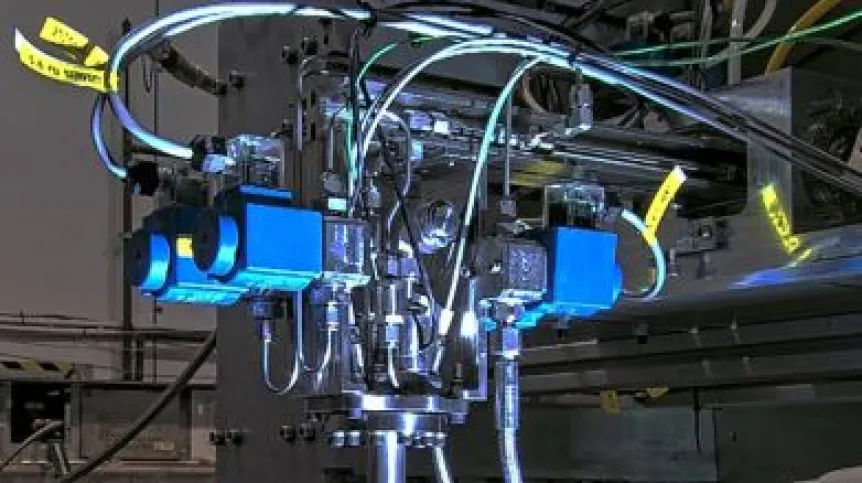
Green, high-performance, hypergolic (capable of self-ignition when mixed) propellants have been the Holy Grail of space propulsion for decades. In recent months, engineers and scientists from Łukasiewicz - Institute of Aviation have successfully completed a number of tests leading to solving this challenge, the representatives of the institute report.
'The propellant developed at Łukasiewicz - ILOT is a safer alternative for personnel and the environment to the toxic materials currently in use - hydrazine derivatives and nitrogen oxides. The developed combination uses hydrogen peroxide (with a concentration of 98%) as oxidizer with a novel fuel', the representatives of the institution report. The new fuel was developed as a result of testing several hundred different combinations of chemical compounds..
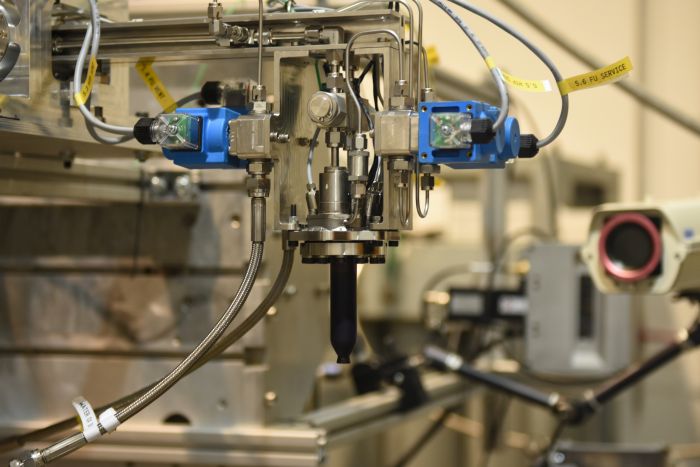
The new fuel is characterized by high performance - a specific impulse in a vacuum of 310 seconds, as well as hypergolicity, i.e. the ability to spontaneously ignite when the components get into contact in the combustion chamber. This means that there is no need for additional ignition sources, which this simplifies the engine design, enabling for multiple use.
According to the institute, it is an ideal candidate for use in rocket engines for future satellite platforms, landers and upper stages of launch vehicles.
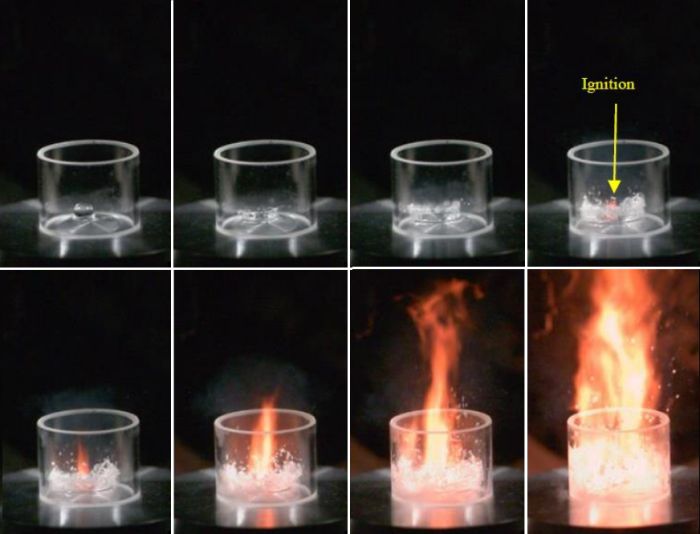
'The development of a new propellant combination is a long process requiring extensive interdisciplinary testing. Out team achieved this milestone, which may ultimately allow for decreasing costs of new propulsion systems, as well as costs of satellite launch preparations. This takes us one step closer to the goal of Polish fuel becoming a standard for next generation European spacecraft'. says Dr Adam Okniński, director of the Space Technologies Center at Łukasiewicz - Institute of Aviation, quoted in the release sent to PAP.
The scientists hope that the fuel's high density could allow it to use smaller, lighter tanks and power systems than with many other materials.
Another advantage of the Polish solution is fast and repeatable ignition. Thanks to this, there is a chance for applications in small thrusters that require short and extremely precise thrust pulses for satellite attitude control.
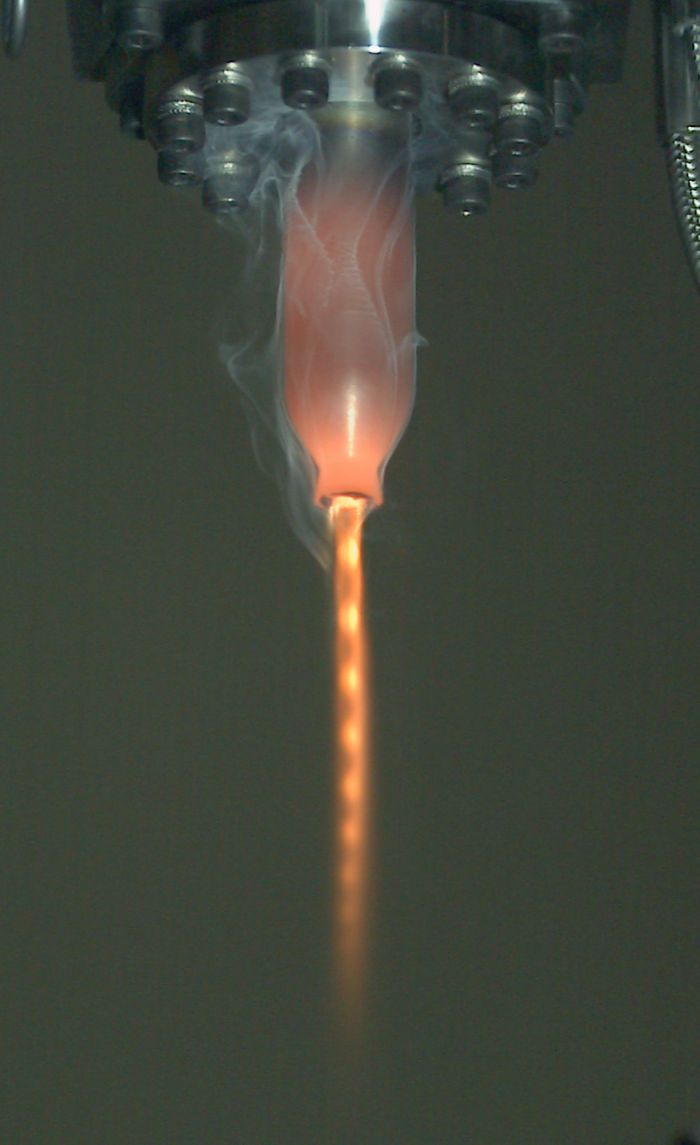
The proposed material is available and used in industry. This means that there is no need for rigorous safety procedures compared to other propellants.
Researchers hope that their idea will be used both in satellite propulsion (satellite thrusters) as well as in upper stages of launch vehicles (ease of multiple engine re-ignitions and shutdowns during manoeuvres required to reach the target orbit).
'The team of engineers and scientists at Łukasiewicz - ILOT has so far conducted over 160 tests of the new propellant using a 20 N thrust engine, designed for satellite propulsion, with a cumulative running time of 2 minutes. The shortest engine firings lasted 10 milliseconds, meeting the requirements of satellites in terms of generating short precise thrust pulses', we read in the release.
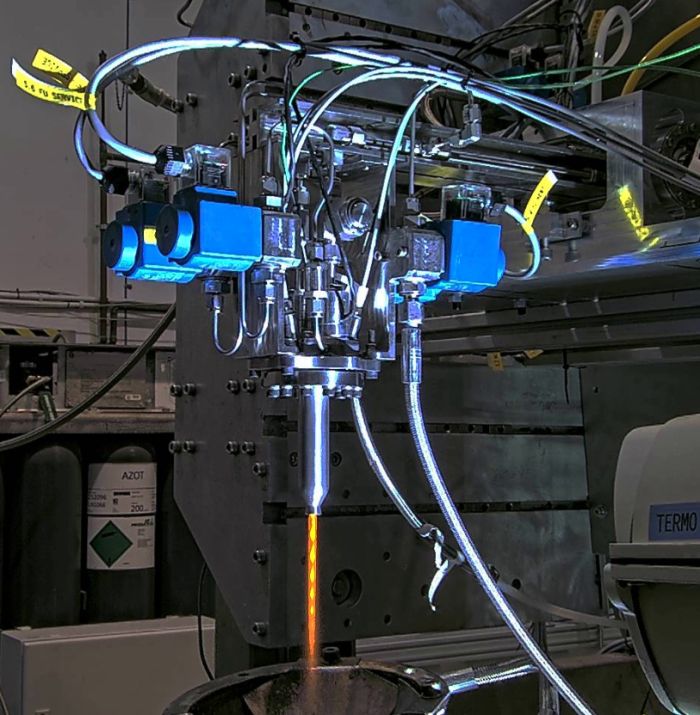
Some of the engine tests were carried out as a part of the '10-20N Green Bipropellant Thruster' project funded by the European Space Agency.
Future work will focus on implementing this innovative technology into new systems and subsystems being developed by key satellite integrators operating in the European and global markets. (PAP)
PAP - Science in Poland
lt/ zan/ kap/
tr. RL













